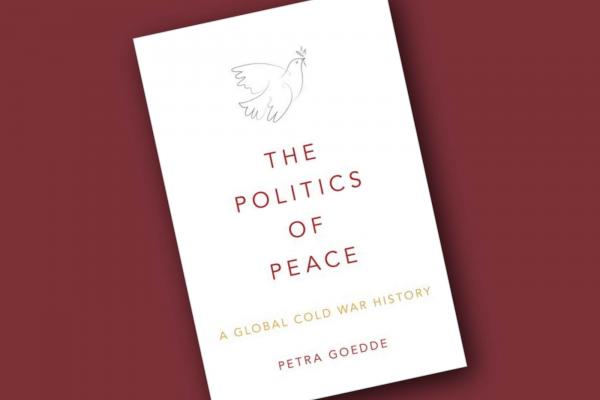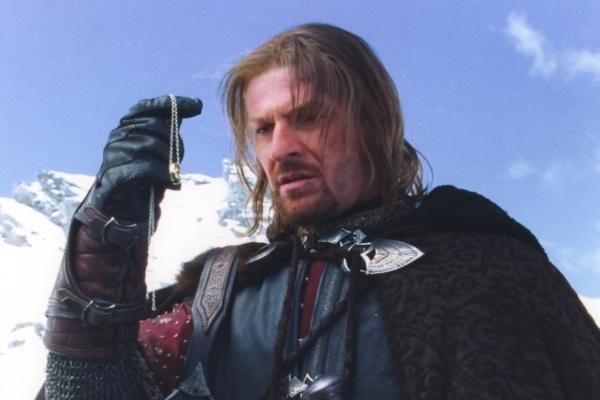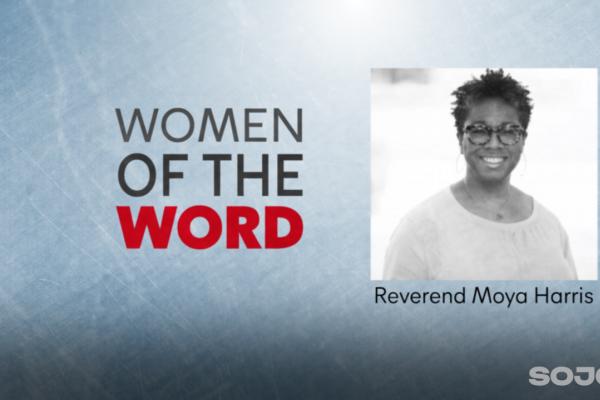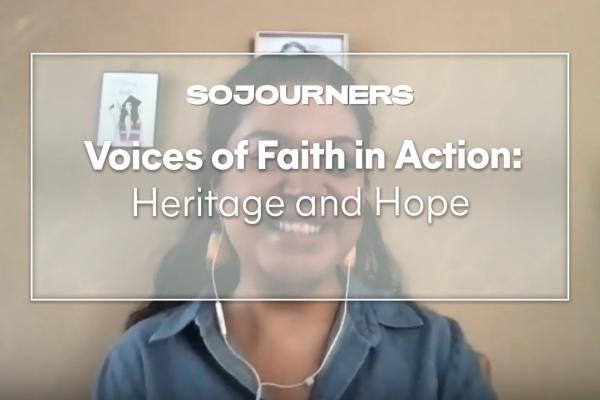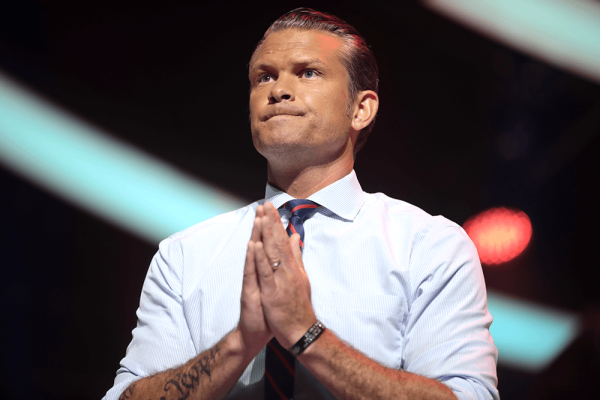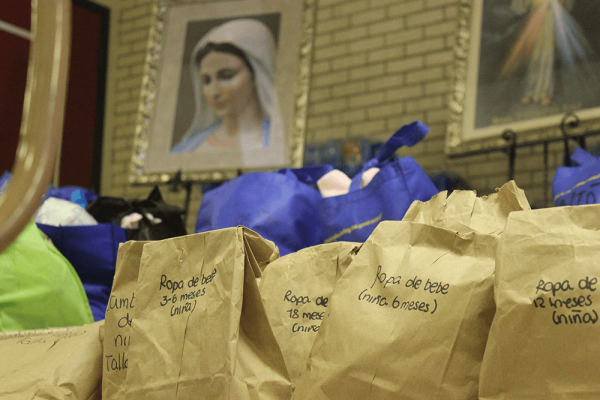THE U.S. HAS BEEN on a war footing since at least 1939. Undergraduate students today have never known a world before 9/11, and even their instructors (I was born in 1983) have never known a peaceful America. The Cold War era that preceded our own was enormously bloody in places such as Lebanon, Vietnam, and Afghanistan—and in all these countries, American intervention played a role.
During the Cold War, permanent war footing seemed like more of a threatening novelty than a grinding inevitability. The time played host, therefore, to a global and surprisingly influential peace movement. The Politics of Peace tells the movement’s dramatic story of both ideals co-opted and maybe even betrayed and ideals that shaped our world and might be worth recovering.
The bulk of the book focuses on the multidimensional and international peace movement of the 1950s and 1960s. Goedde writes about the often forgotten movement against nuclear weapons, which swept up thousands of people on both sides of the Iron Curtain, arguing that the movement was an early form of environmentalism, insofar as the anti-nuclear activists were concerned with the effects of radiation on our soil and bodies. Women, in particular, emerged as effective advocates for peace. Through organizations such as Women Strike for Peace, they leveraged their social prestige as mothers and caregivers to crusade against the senselessness of war.
One chapter of The Politics of Peace shows how religious activists across the globe, including Quakers, made peace a touchstone of their thinking and activism. A surprising number of the most influential peace advocates hailed from religious traditions, and the anti-nuclear and anti-Vietnam movements were leavened by their participation.
The book details the complicated decline of the peace movement in the late 1960s and 1970s, with Goedde singling out two causes. First, some activists became intrigued by anti-colonial struggles in Vietnam and elsewhere, which were violent by nature. At a time when the imperial powers were using unimaginable force against vulnerable communities the world over, it came to seem increasingly hopeless—even reckless—to urge peace.
Second, the peace movement became, in a way, a victim of its own success. The anti-nuclear movement, in particular, notched a tremendous victory with the Partial Test Ban Treaty of 1963. And in the 1970s, both the American and Soviet regimes mobilized the discourse of peace in their halting efforts to draw down the Cold War. In the era of détente, when global war seemed like a distant prospect, peace seemed more in alignment with the status quo than against it.
What should we think about the movement today? The very idea of peace activism can seem quaint now to the general public—an index of just how dreadful the past half-century has been and how activists failed to halt wars in Vietnam and Iraq.
And yet the message of Goedde’s book is more heartening. Activists achieved some short-term, and maybe even long-term, success. And even if they hadn’t, they served as living proof that another way is possible, that beasts of war do not lurk in every human heart.

Got something to say about what you're reading? We value your feedback!
